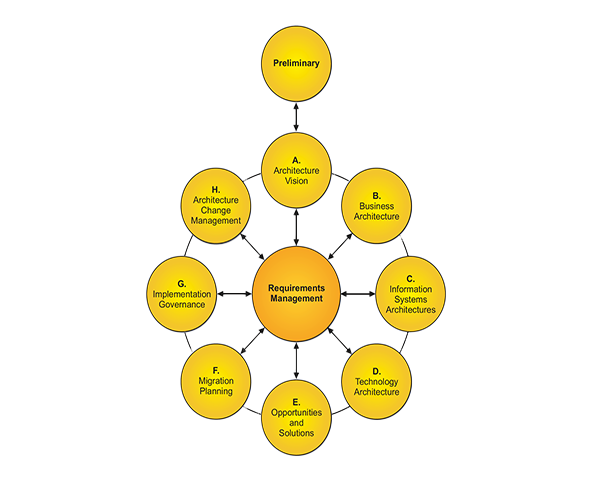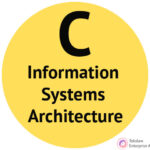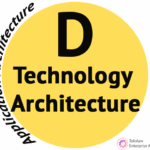As we delve into Phase C of the Architecture Development Method (ADM), we encounter a crucial distinction: the separation between data architecture and application architecture. In this blog post, we’ll focus specifically on the data architecture aspect and explore its significance within the framework.
The Dual Purpose of Phase C
Phase C serves a dual purpose: it aims to develop both the target data architecture and the candidate architecture roadmap that addresses any identified gaps. This phase is critical in ensuring that data flows effectively throughout the organization and supports business objectives.
If you’ve followed along with earlier phases, you’ll find that this phase is quite familiar. These inputs include various external reference materials that guide the development process. The TOGAF series provides specific guidelines for data management, making it a valuable resource to consult.
Essential Inputs for Data Architecture
In addition to the TOGAF documentation, you should gather similar relevant inputs in Phase B. This includes:
- Architecture work capability assessments
- Communication plans
- A tailored architecture framework
- Approved data principles and specifications
- An approved statement of architectural work
- Previous outputs like the architecture vision, repository details, and the foundational documents developed in Phase B, including the architecture roadmap.
With all these inputs at hand, we can start shaping our data architecture.
Developing the Data Architecture
Creating the data architecture involves understanding where your data is currently stored, the systems that serve as the originators, and identifying the data owners. Key questions to keep in mind include:
- How is data distributed throughout your organization?
- Do you maintain a central data repository, such as a SQL database, or is your data more distributed across various locations?
- How is reporting handled, and what systems are utilized for this purpose?
With questions guiding you, the next steps involve developing both the baseline data architecture (the current state) and the target architecture (the desired future state)
Conducting a Gap Analysis
Once you have established both the baseline and target architectures, perform a gap analysis. This is where you identify what needs to be done to bridge the differences between the two states. It’s not It’smmon to encounter conflicts during this analysis. Therefore, it’s esseit’sl to resolve these conflicts just as you did in the business phase of the ADM.
Engaging Stakeholders
After finalizing your data architecture design, it’s timeit’sengage with formal stakeholders. Seek their feedback, incorporate any necessary changes, and secure their sign-off. This step ensures that you have consensus and support for the data architecture moving forward.
Key Outputs of Data Architecture
The outputs from the data architecture phase will typically include:
- A refined vision or business goals based on the essential data insights gathered
- Finalized baseline and target data architectures
- An architecture requirement specification
- Results from the gap analysis
- Data architecture components on your roadmap
While not a vast array of artifacts are produced in this phase, those that are generated usually carry a clear data-centric label, such as logical data diagrams, data security diagrams, and data migration diagrams. These artifacts are vital as they encapsulate the nuances of your data architecture.
Now that we have discussed the intricacies of data architecture in Phase C, we can look forward to the application architecture, which serves as the complementary counterpart to this phase. Each element in the ADM framework is essential to creating a cohesive and effective architecture that meets organizational goals.




Pingback: Understanding Phase C – Toks Lawal